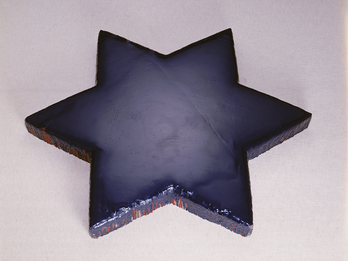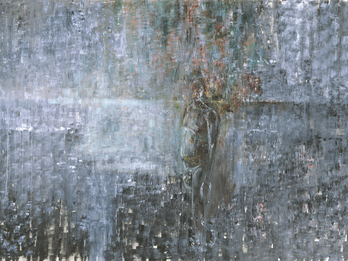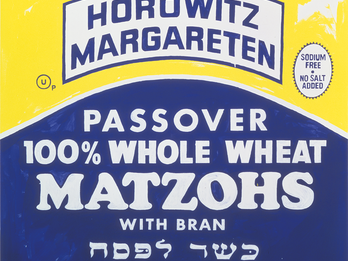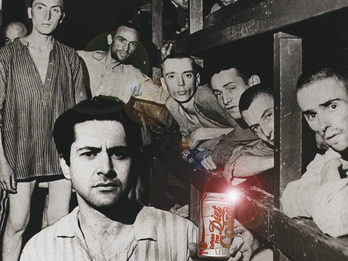U.S. Holocaust Memorial Museum, Washington, DC
James Ingo Freed
1993
Image

Engage with this Source
Creator Bio
James Ingo Freed
1930–2005
James Ingo Freed fled to America from Germany as a child. He studied architecture under Ludwig Mies van der Rohe at the Illinois Institute of Technology and joined the firm of I. M. Pei in 1956. Among Freed’s works are the Jacob K. Javits Convention Center in New York City (1986), the U.S. Holocaust Memorial Museum in Washington, D.C. (1993), the San Francisco Main Public Library (1995), and the United States Air Force Memorial (2006), which was completed after his death.
Restricted
Image
Places:
Washington, United States of America
You may also like

The Writing on the Wall: Almstadtstrasse (Formerly Grenadierstrasse 7): Slide Projection of Former Hebrew Bookstore, Berlin (1930)
In The Writing on the Wall, Attie brought the ghosts of pre-World War II Jewish life in Berlin temporarily to life by projecting black-and-white slides of Jewish schools, bookstores, kosher butchers…

A Jew in Germany
David is best known for painting with encaustic, a combination of beeswax and pigment. A Jew in Germany was painted with encaustic on wood. David often uses religious iconography in his works. In 1979…

A Bat Mitzvah Party at the 20th Century Fox Movie Studio Commissary, West Los Angeles
This photograph of girls at a bat mitzvah was shot by Greenfield for a project about teenagers in Los Angeles. She was interested, she has said, “in how kids in Los Angeles seem to grow up quickly…

Self-Portrait at Sunset
In the 1980s and 1990s, Lellouche produced a series of large paintings, self-portraits or portraits of one or two people, set in panoramic landscapes. In Self-Portrait at Sunset, the artist has…

Untitled (Horowitz Margareten Matzohs)
This painting of a box of Horowitz Margareten matzah, a popular U.S. brand, is a clear reference to the images of Campbell soup cans and other consumer products that Andy Warhol made in the 1960s…

Self-Portrait at Buchenwald: It’s the Real Thing
In 1993, Schechner digitally inserted himself into a historical photograph of prisoners in a newly liberated bunker at the Buchenwald concentration camp, taken in 1945 by Margaret Bourke-White. He…

